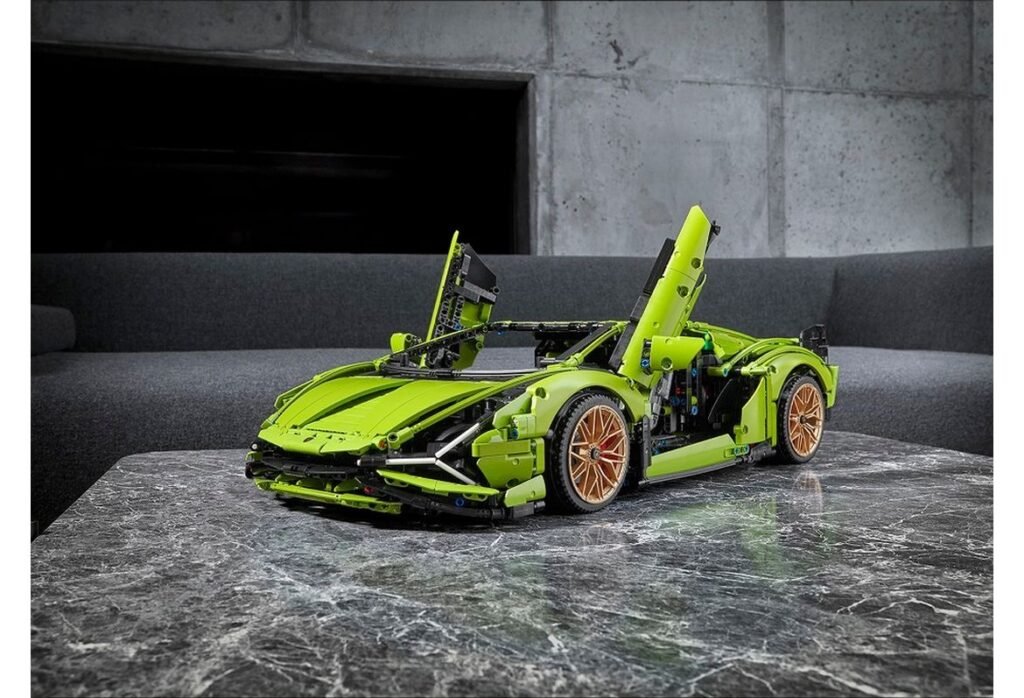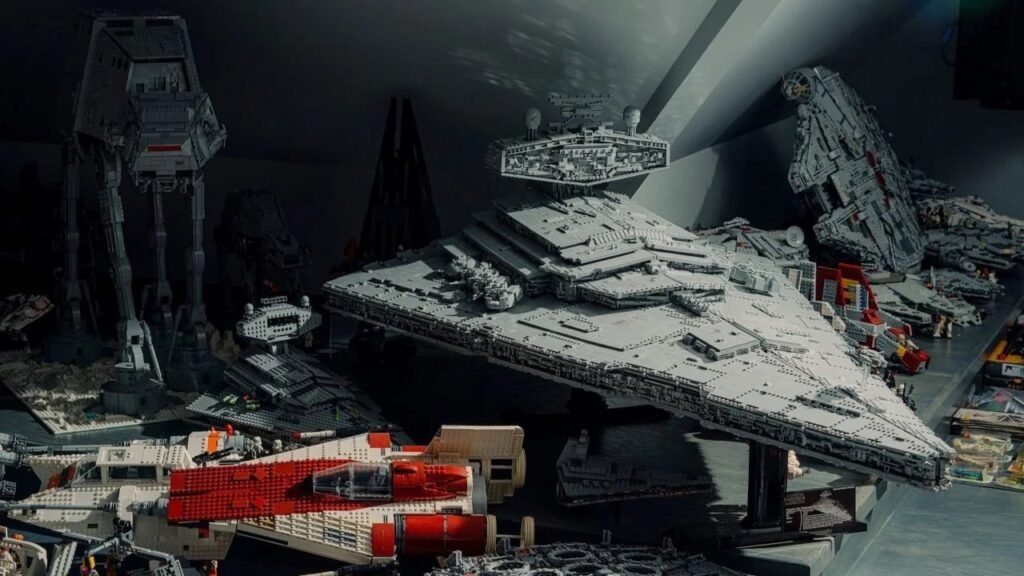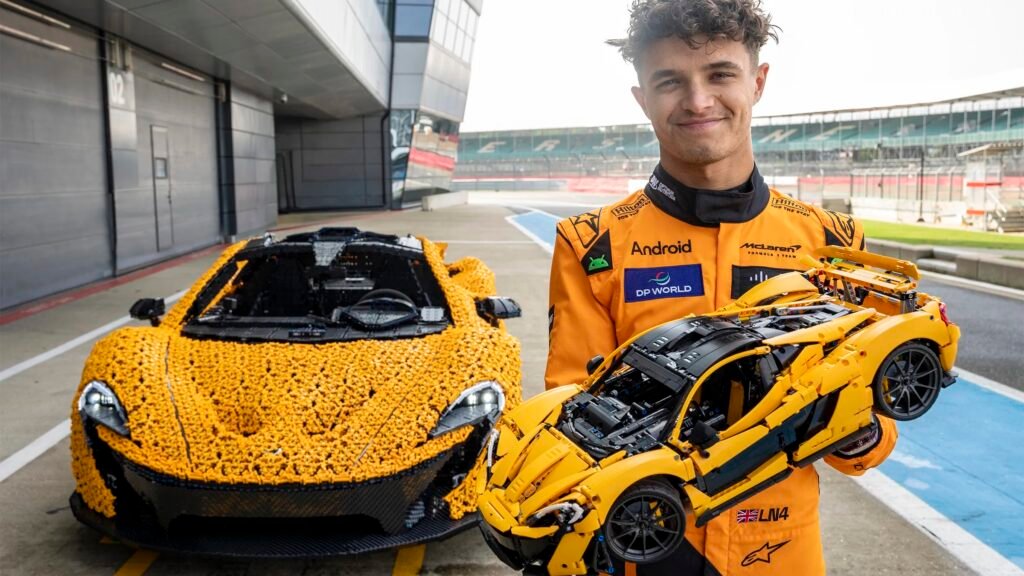LEGO has evolved from a children’s toy into a codified design system with global cultural reach. The core unit is deceptively simple, yet the tolerances that enable the distinctive click have been refined over decades. This reliable interlock produces a repeatable experience that users learn to trust. In design studies this combination of constraint and consistency is often associated with creative flow. The brick offers clear rules and abundant permutations, which is why adults return to it as a medium for structured play and as a platform for display.
Luxury as Modularity and Mastery
Luxury is frequently defined by scarcity, craftsmanship, and narrative control. LEGO participates in this discourse through radical modularity. Each set is a curated vocabulary that invites recombination while also celebrating fidelity to instructions. The dual promise of open ended creation and canonical builds mirrors the logic of contemporary luxury fashion, in which heritage codes are reiterated with incremental innovation. Materially, the value proposition hinges on precision engineering.
The consistent clutch power and clean color calibration produce a distinct haptic and visual signature that users associate with quality. Packaging and instructions extend this sensibility. They choreograph the build as an aesthetic journey from parts to form. In this sense LEGO functions as an accessible design education, training users to see structure, sequence, and tolerance as virtues. The emergence of adult oriented lines did not invent a new audience so much as formalize a long standing alignment between the brand and design literate consumers.

Collaboration, Collecting and Cultural Capital
The brand’s collaborations with automotive marques, cultural institutions, and entertainment properties have expanded its prestige economy. These projects translate expert domains into legible mechanical or architectural models that can be assembled on a table. The effect is democratizing without feeling reductive. Users engage not only as viewers but as makers, which produces a sense of earned ownership that traditional luxury often withholds. The collector market amplifies this dynamic. Retired sets accrue value, and sealed boxes circulate much like limited sneakers or art prints.
Provenance and release cycles become part of the discourse, while the underlying system retains utility because any set can be disassembled and rebuilt indefinitely. Flagship retail environments further institutionalize the brand’s status. Stores operate as hybrid galleries and studios with installations, personalization services, and curated build spaces. The consumer is invited to inhabit a role closer to participant than to purchaser. This shift reframes retail as a cultural experience rather than a transactional endpoint.

Sustainability and the Future of Quiet Prestige
The most rigorous forms of luxury now include commitments to environmental responsibility and to long product life. LEGO’s publicly stated efforts to adjust packaging and explore alternative materials should be read as research in progress rather than final resolution. The challenge is to preserve the sensory fidelity of the snap while reducing ecological impact. This is a significant engineering problem and the brand’s credibility depends on treating it with transparency and care.
Equally important is the experiential value that sets deliver. In a media environment defined by perpetual notification, the build process offers a rare zone of sustained attention. Sorting and assembling parts generates measurable calm and culminates in an object that is both personal and display ready. For collectors of design furniture, contemporary art, and performance automobiles, this practice aligns with habits of connoisseurship.

Looking ahead, expect more sets that occupy the border between decor and sculpture, and collaborations that treat intellectual properties not as surfaces for logos but as architectural briefs.That quiet confidence is increasingly what luxury means.
Written By: Mia Quisumbing
Published On: 17th October 2025